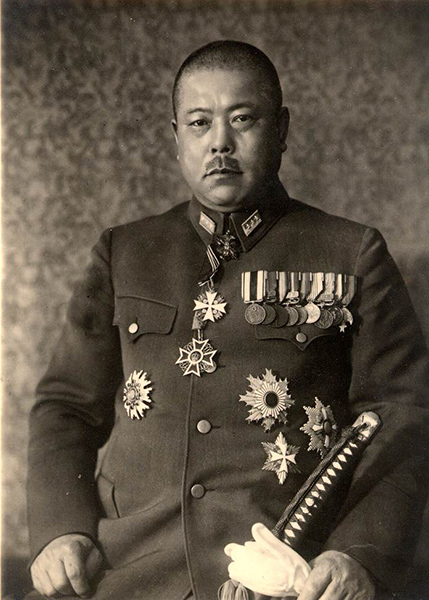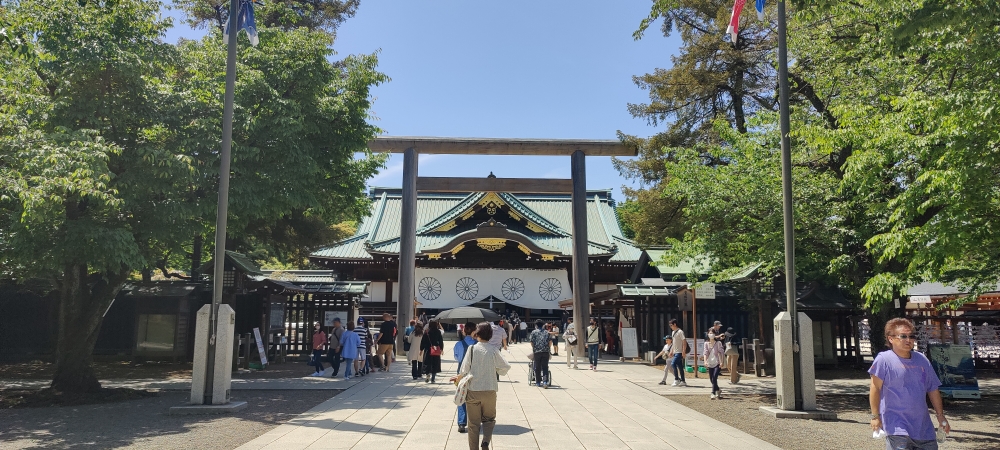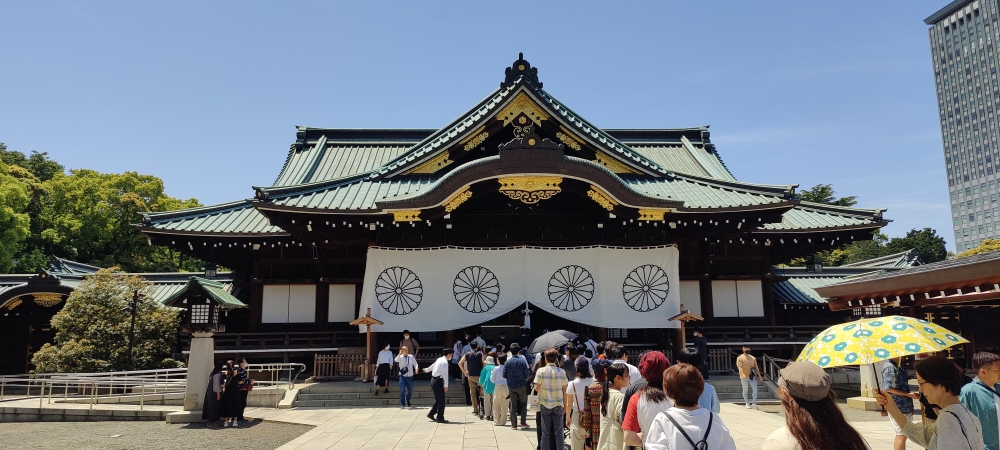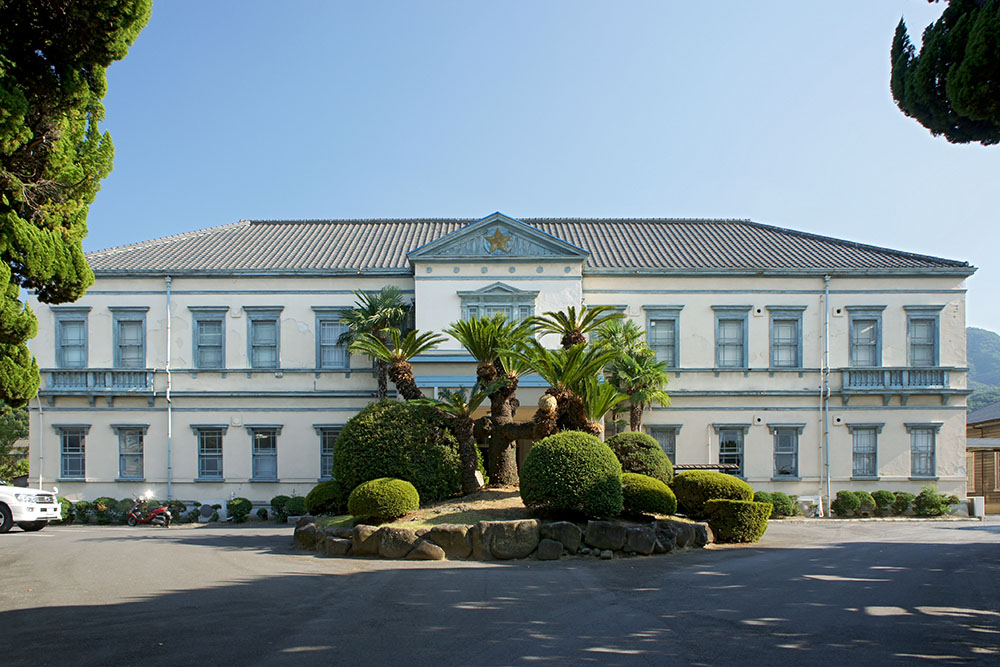Yamashita, Tomoyuki (山下 奉文)
- Date of birth:
- November 8th, 1885 (Ôtoyo, Japan)
- Date of death:
- February 23rd, 1946 (Los Baños/Laguna, Philippines)
- Buried on:
- Tama Japanese War Graves
- Nationality:
- Japanese
Biography
Promotions:
June 1906: Second Lieutenant (少尉 Shōi])
December 1908: First Lieutenant (中尉 Chūi)
May 1916: Captain (rank) (大尉 Taii)
February 1922: Major (少佐 Shōsa)
August 1925: Lieutenant Colonel (中 佐 Chūsa)
August 1929: Colonel (大佐 Taisa)
August 1934: Major General (少将 Shōshō)
November 1937: Lieutenant General (中将 Chūjō)
February 1943: General (大将 Taishō)
One of the most notorious soldiers, not just in the Pacific War, but in all of World War II was General Tomoyuki Yamashita, who commanded a number of major operations for the Japanese, nearly all of which were associated with atrocities.
An able field commander, Yamashita led the campaign in Malaysia that swept down that peninsula and captured Singapore from the British in 1942. That campaign earned him the nickname "The Tiger of Malaya." He later was in command of Japanese troops in the Philippines, including those that took Bataan and launched the infamous Death March.
Not many Japanese senior commanders were sentenced to death as war criminals, but Yamashita was one of them, and he was hanged, outside Manila, in February 1946.
Three places in the Pacific where you can study some details of his military career are at the military museum on Penang Island (a resort off the west coast of Malaysia), in Singapore at numerous sites, and in the Mt. Samat Museum, on Bataan.
Historian Edwin P. Hoyt wrote a profile of him in his short book: Three Military Leaders: Heihachiro Togo, Isoroku Yamamoto, Tomoyuki Yamashita. For a fuller account of the Japanese wars in the Pacific, an excellent book is Haruko Taya Cook’s Japan at War: An Oral History. This book is less a military account and more a sociological profile of the nation, its combatants and civilians, during the war years. The editing and the interviews are excellent, although the conclusions of the book are chilling.
Do you have more information about this person? Inform us!
- Period:
- Second World War (1939-1945)
- Rank:
- Chu-sho (Lieutenant-General)
- Awarded on:
- July 28th, 1940
Without swords
- Period:
- Second Sino-Japanese War (1937-1945)
- Rank:
- Chu-sho (Lieutenant-General)
- Awarded on:
- April 29th, 1940
- Period:
- Second World War (1939-1945)
- Rank:
- Chu-sho (Lieutenant-General)
- Awarded on:
- September 14th, 1942
- Period:
- Second World War (1939-1945)
- Period:
- Second World War (1939-1945)
- Period:
- Second World War (1939-1945)
- Period:
- First World War (1914-1918)
- Rank:
- Chu-i (1st Lieutenant)
- Period:
- First World War (1914-1918)
- Rank:
- Tai-i (Captain)
- Period:
- First World War (1914-1918)
- Rank:
- Tai-i (Captain)
- Period:
- Second Sino-Japanese War (1937-1945)
- Rank:
- Chu-sho (Lieutenant-General)
- Period:
- Second Sino-Japanese War (1937-1945)
- Rank:
- Chu-sho (Lieutenant-General)
- Period:
- Second World War (1939-1945)
Sources
- Photo 1: Wikimedia Commons (Public Domain)
- - Photo identification
- 官報. 1942年02月12日 - 国立国会図書館デジタルコレクション
- Matthew Stevenson (biography)






















